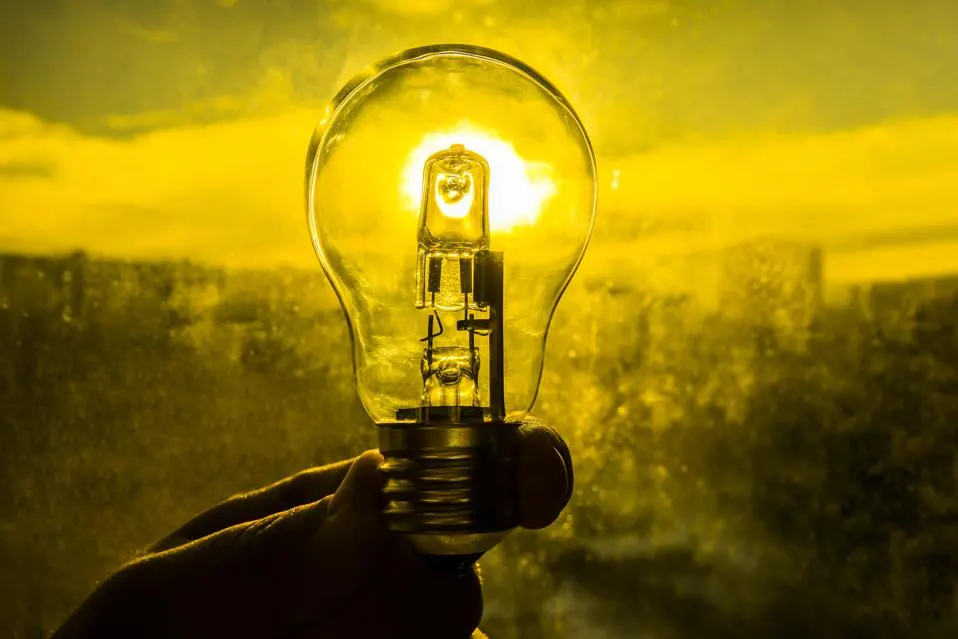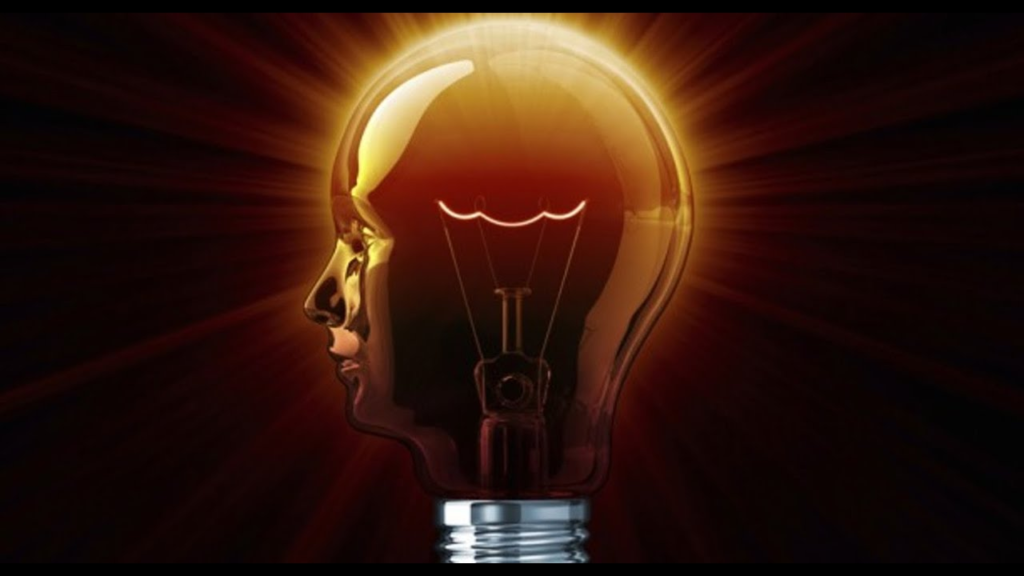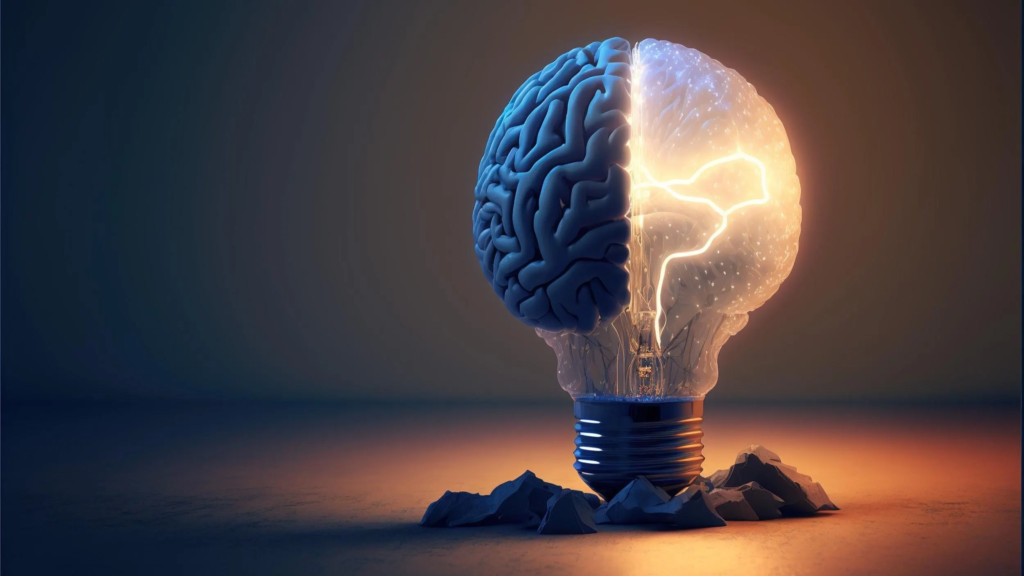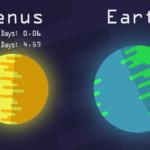
The Human Brain Generates Enough Electricity to Power a Light Bulb
The human brain is an incredible organ, responsible for everything from thought and memory to controlling body functions. One of its fascinating abilities is its capacity to generate electrical energy, which is enough to power a small light bulb. This fact highlights the brain’s role as an electrical hub, constantly transmitting signals that enable us to think, move, and process the world around us.

How Does the Brain Produce Electricity?
The brain’s electrical activity is the result of neurons—specialized cells that communicate via electrical and chemical signals. Neurons use ions (charged particles) like sodium, potassium, calcium, and chloride to create electrical impulses. These impulses, known as action potentials, allow neurons to send messages to each other and to different parts of the body.
When neurons fire, they generate tiny bursts of electrical energy. The brain consists of approximately 86 billion neurons, each forming thousands of connections with other neurons. Collectively, this vast network produces around 12 to 25 watts of electrical power—enough to illuminate a small LED light bulb.

The Role of Brain Waves
Brain waves are patterns of electrical activity created by neurons firing together. They are categorized based on their frequency:
- Delta Waves (0.5–4 Hz): Slow waves associated with deep sleep.
- Theta Waves (4–8 Hz): Linked to light sleep and relaxation.
- Alpha Waves (8–14 Hz): Common in calm and meditative states.
- Beta Waves (14–30 Hz): Associated with active thinking and problem-solving.
- Gamma Waves (30+ Hz): Involved in complex cognition and high-level information processing.

Real-World Applications
Understanding the brain’s electrical activity has led to significant technological advancements:
- Electroencephalography (EEG): This technology records brain waves and helps diagnose neurological conditions like epilepsy.
- Brain-Computer Interfaces (BCI): Scientists are developing systems that allow paralyzed individuals to control devices using their thoughts.
- Neuromodulation Therapies: Electrical stimulation techniques, like deep brain stimulation, are used to treat conditions such as Parkinson’s disease and depression.
Final Thoughts
The fact that the human brain generates enough electricity to power a light bulb is a testament to its complexity and efficiency. This electrical energy enables thought, movement, emotions, and countless other functions. As neuroscience advances, our understanding of the brain’s electrical properties continues to unlock new possibilities in medicine and technology.



